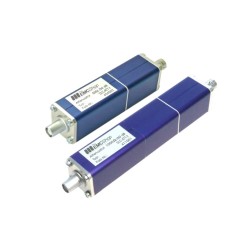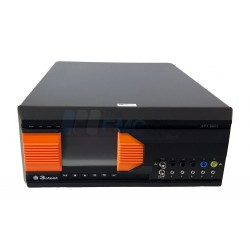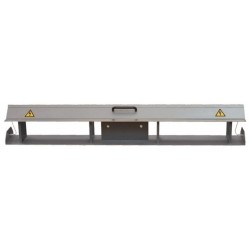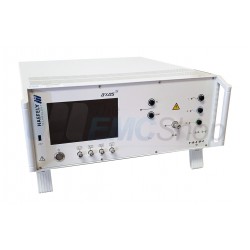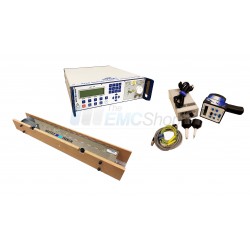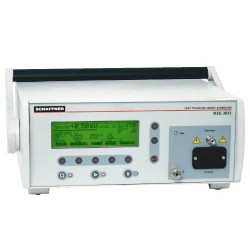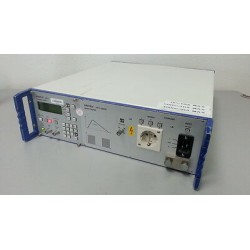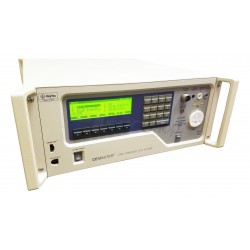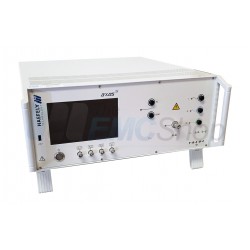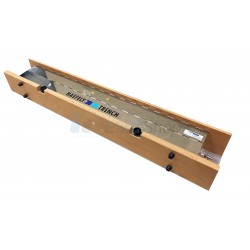Send Enquiry For NX7 Multifunctional Test Generator for Transients up to 7 KV
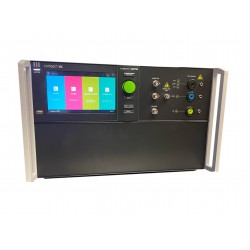
NX7 Multifunctional Test Generator for Transients up to 7 KV
- EFT/BURST
- SURGE
- POWER FAIL
- RINGWAVE
EFT testing is a routine test of electronics to determine immunity to micropulse phenomena that occurs along the power and data lines inside facilities, homes and vehicles. It can occur when a light switch is engaged, or a product holding a charge is plugged into the wall. Similarly, PoE can be a source for electrical fast transients along data lines, such as ethernet cables. For the physics, mathematical equations as to why EFT events exist, go back to Google, there are many in depth articles. Most of our customers are satisfied with the general understanding of the test, then more importantly, passing it for compliance and/or improving their product.
The test sequences, clearly defined in IEC/EN 61000-4-4, are a variety of electrical fast transients delivered in bursts, in intervals over the course of several minutes. Most product specific standards give guidance as to what the failure criteria is. IE EN 55024 (ITE equipment) are determined by manufacturer, customer and best practice. This could range from allowing a soft reset during the EFT test sequence, a delay in processing or a system shut down. Usually, burning smells, melted plastic or a good old fashioned fire will be considered a fail.
Most modern EFT transient generators have test sequences pre-programmed, with the ability to manipulate test parameters such as pulse frequency and duration. The testing procedure constitutes:
Reading the test standard, manual and developing a test plan
Setting your product near to the EFT generator, while allowing the user to safely monitor the product.
Coupling your product into the generator
Starting the test sequence
Identify susceptibility areas and narrow down testing to troubleshoot and debug
Generate a test report
Meet Electrical Fast Transient/Burst immunity test standards like IEC/EN 61000-4-4 with stand alone EFT/burst simulators.

